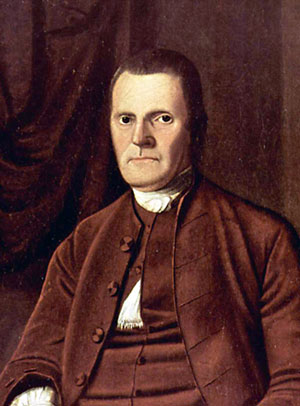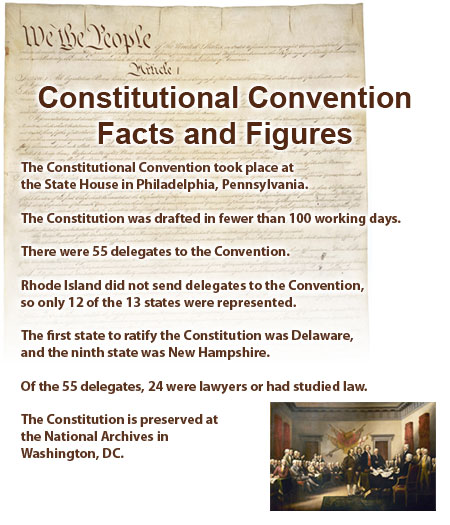The Great Compromise
In essence, the major difference between the two plans regarded representation. The New Jersey Plan called for the states to have an number of votes regardless of their population. After much deliberation over the two plans, one of the delegates, Roger Sherman, proposed what would become known as the Great Compromise. The Great Compromise created a Legislative Branch made up of two houses. One house would become the Senate and would have the same number of representatives from each state, regardless of the state’s population. The second house would be called the House of Representatives. Here, population would be the basis for the number of representatives.
The Compromise was approved on July 16, 1787.
Another issue at hand during the convention regarded slavery. The delegates were unsure as to whether they should include slaves when determining population rates. Another compromise would be made, this one known as the Three-Fifths Compromise. This plan stated that three-fifths of the slave population in each state would be counted when determining representation. Although the delegates had additional issues to discuss, the national government was slowly taking form.
